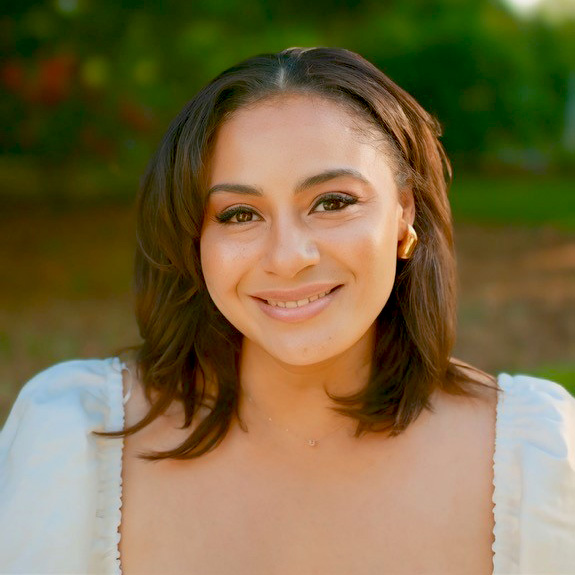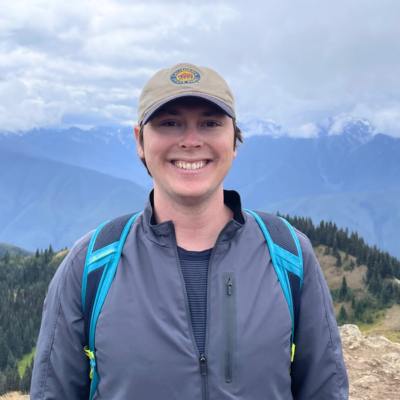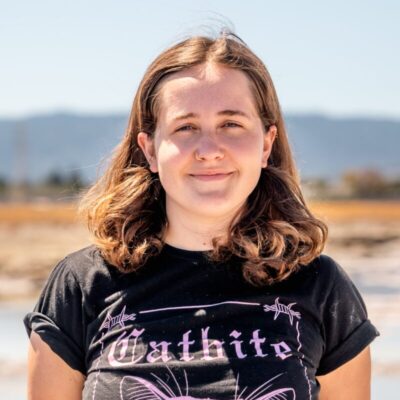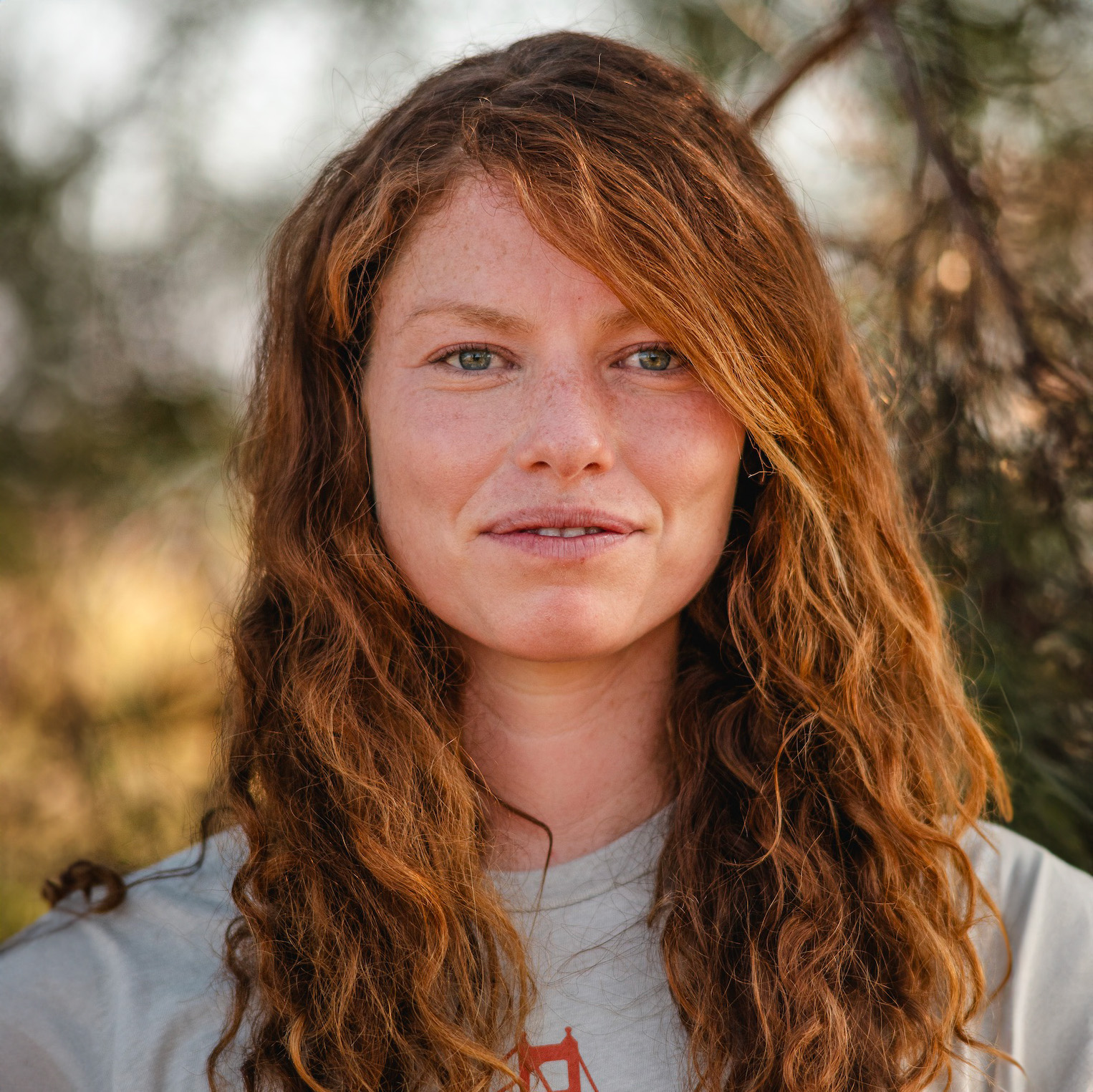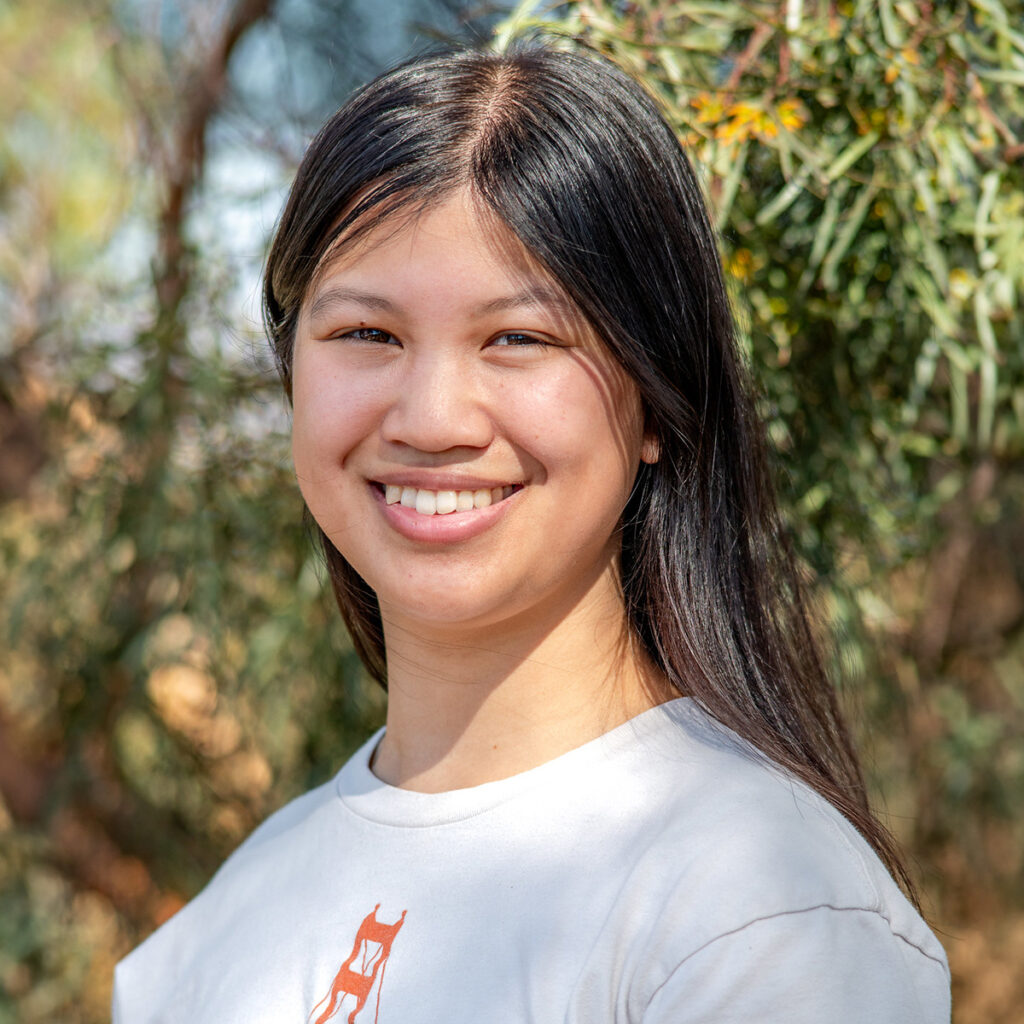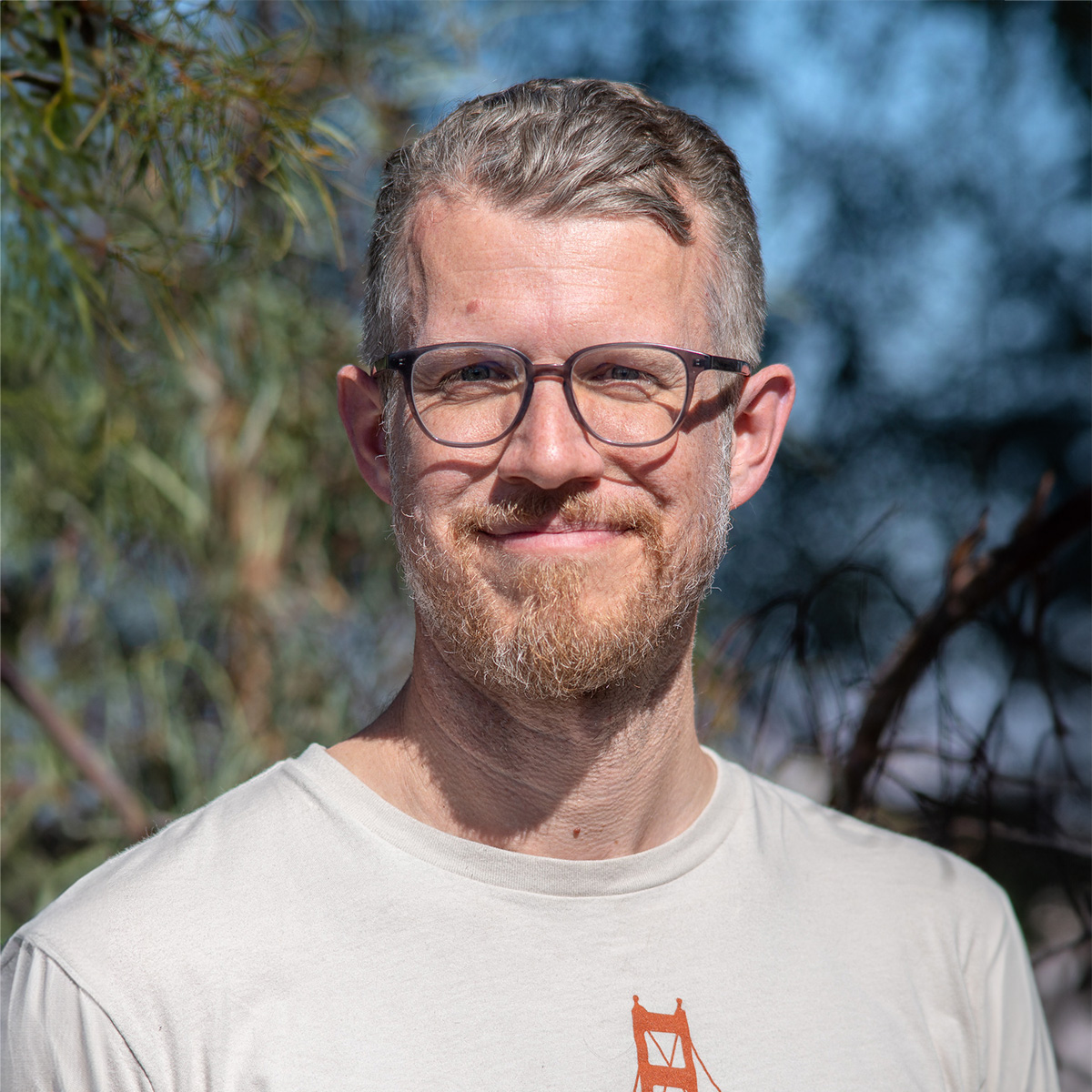 “All right, let’s do Ridgway’s Rail. Repeat after me: ¡El!” I shout. “El,” reply the dozen fourth-grade students crowded around the bench. “Rascón,” I say, pointing to a laminated sign. “Rascón,” they chant back. “¡De California!” “¡De CaliforniaI!” We’re in the middle of our “Wetland Exploration” activity along Adobe Creek Trail at the Palo Alto Baylands, which at first glance would seem like an unusual spot for a Spanish lesson. But it represents one of Save The Bay’s first steps toward making its educational programs more inclusive to all of the Bay Area’s students, including the many students who are immigrants and children of immigrants who don’t speak English at home. As Save The Bay’s Temporary Spanish Language Project Specialist, I’ve helped Save The Bay take those first steps, specifically by translating and redesigning our key educational materials into Spanish. Save The Bay currently runs educational programs at three restoration sites: Eden Landing Ecological Reserve in Hayward, Martin Luther King Jr. Regional Shoreline in East Oakland, and Palo Alto Baylands in East Palo Alto. All three of these sites are in neighborhoods where a majority of residents are working-class people of color. Students from all over the Bay Area visit our sites for field trips, and our programs reflect our region’s great diversity. Providing Spanish-language materials is one of the many ways we are working to make Save The Bay’s programs more meaningful, inclusive, and accountable to the students and communities with whom we work with. I’m honored to have been a part of it. It’s been especially fun teaching our key wetland vocabulary in both languages, as some students fluent in Spanish are excited at the chance to teach their classmates. When I hold up a handful of Bay mud, teeming with microbial and invertebrate life, and ask who knows how to say “mud” in Spanish, a few students yell out “¡Lodo!” Then, while I talk about how the mud is the base of the salt marsh food web, the group gets the chance to stick their hands in a bucket and finger-paint it on their faces.
“All right, let’s do Ridgway’s Rail. Repeat after me: ¡El!” I shout. “El,” reply the dozen fourth-grade students crowded around the bench. “Rascón,” I say, pointing to a laminated sign. “Rascón,” they chant back. “¡De California!” “¡De CaliforniaI!” We’re in the middle of our “Wetland Exploration” activity along Adobe Creek Trail at the Palo Alto Baylands, which at first glance would seem like an unusual spot for a Spanish lesson. But it represents one of Save The Bay’s first steps toward making its educational programs more inclusive to all of the Bay Area’s students, including the many students who are immigrants and children of immigrants who don’t speak English at home. As Save The Bay’s Temporary Spanish Language Project Specialist, I’ve helped Save The Bay take those first steps, specifically by translating and redesigning our key educational materials into Spanish. Save The Bay currently runs educational programs at three restoration sites: Eden Landing Ecological Reserve in Hayward, Martin Luther King Jr. Regional Shoreline in East Oakland, and Palo Alto Baylands in East Palo Alto. All three of these sites are in neighborhoods where a majority of residents are working-class people of color. Students from all over the Bay Area visit our sites for field trips, and our programs reflect our region’s great diversity. Providing Spanish-language materials is one of the many ways we are working to make Save The Bay’s programs more meaningful, inclusive, and accountable to the students and communities with whom we work with. I’m honored to have been a part of it. It’s been especially fun teaching our key wetland vocabulary in both languages, as some students fluent in Spanish are excited at the chance to teach their classmates. When I hold up a handful of Bay mud, teeming with microbial and invertebrate life, and ask who knows how to say “mud” in Spanish, a few students yell out “¡Lodo!” Then, while I talk about how the mud is the base of the salt marsh food web, the group gets the chance to stick their hands in a bucket and finger-paint it on their faces.
Translating some of our educational cards of endangered animals, native plants, and invasive species presented some interesting linguistic challenges I hadn’t expected. Some species have well-used Spanish common names because they are also found in Latin America, like salt grass (la grama salada) whose range extends as far south as Argentina. Other species have names from Spain, such as yarrow (la milenrama) with its circumpolar distribution; and invasive species from the Mediterranean, such as fennel (el hinojo). However, some of our California endemics have no widely-used contemporary Spanish name as far as I can tell. A few plants have beautifully descriptive old Californio Spanish names though, like marsh gumplant (la flor de agosto, literally “the flower of August”) and California buckwheat (la patita de venado, literally “deer’s paw”), so I used those names in our translations. But for a couple of secretive endemic animals who escaped the eyes of the Californios, I was left to simply translate their English names literally. Now we can all know our beloved salt marsh harvest mouse by another name: el ratón campestre de la marisma salina. It’s a bit unwieldy, but the fourth graders still have a fun time yelling it. Save The Bay was founded by three outstanding women over fifty years ago, and we are still living with the legacy of a Bay that’s only been made healthier and better-protected since then. But we must also recognize that these three women were white and had means, and that many other voices tell different stories about their relationship to the Bay and what it means to save it. As long as the Bay has existed there have been people of color who have stewarded it, and developing partnerships with the many marginalized communities who work to make the Bay beautiful and livable is tantamount in an age of environmental injustice. As this place we call home faces a new generation of environmental challenges, we will only be able to meet them if we consciously make space for everyone to develop a relationship with the Bay and save it. So in Tagalog or Cantonese, Arabic or Farsi, Chochenyo Ohlone or any of the other languages that we speak: how would you say “It takes all of us to protect and restore the Bay”?






